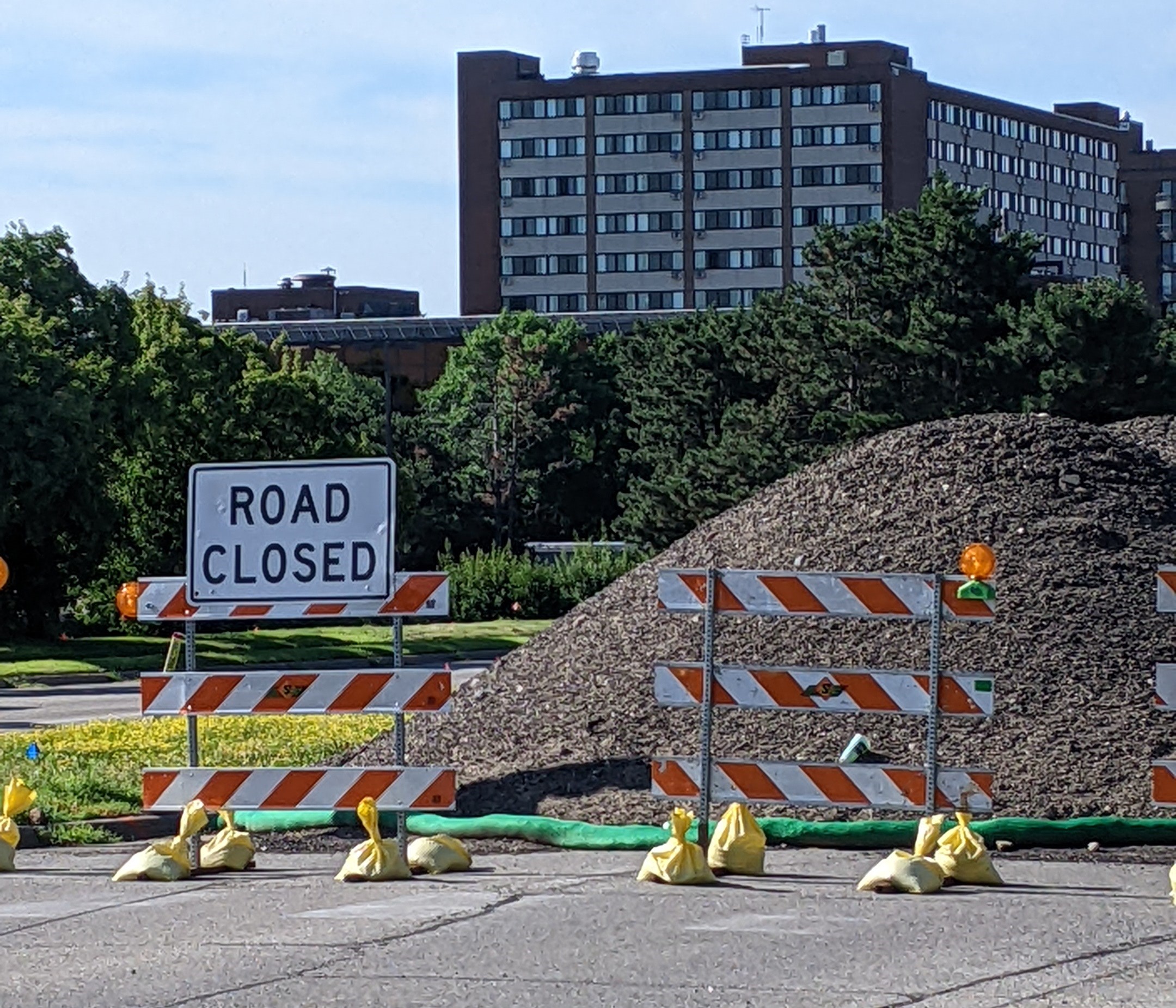
Thermal Control Plan
A mass concrete placement needs a thermal control plan. We’ll help you meet the requirements—usually without cooling tubes.
We approach concrete from the chemical, materials and structural engineering perspectives. Our team knows how to make things work. Our lab is AASHTO accredited for concrete testing. We are LEED accredited and licensed as professional engineers in 22 states and three provinces.

A mass concrete placement needs a thermal control plan. We’ll help you meet the requirements—usually without cooling tubes.

If your concrete fails, we investigate what went wrong, who’s responsible, and how to remedy it.

We’ll help you achieve the required concrete service life in its exposure conditions.

We can help you turn waste glass and other byproducts into concrete with a lower carbon footprint.

Petrography can tell you a lot about your concrete, aggregate, or masonry—whether its current condition or future performance.

Our lab is AASHTO accredited for concrete testing. Check out the tests we perform.
It’s construction season, so be alert to road closures. I saw this one for the first time on 8 July. The sign seemed redundant, but you can never be too careful.
